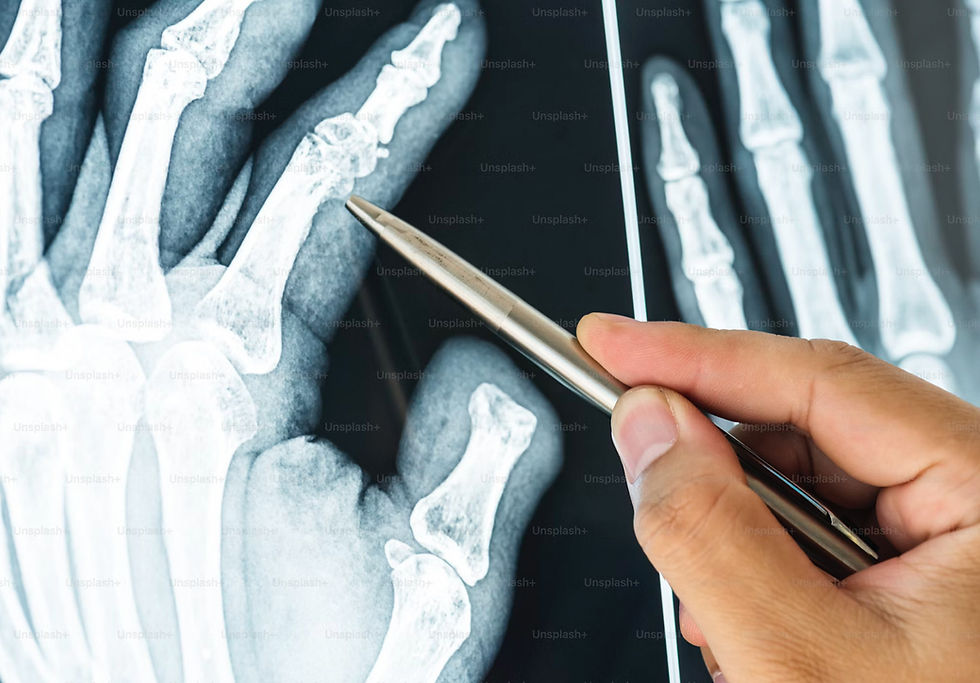Understanding the Differences Between Heat Stroke and Heat Exhaustion
- WorkerCare
- Jul 10, 2024
- 2 min read

Heat stroke and heat exhaustion are serious heat-related illnesses that can occur when the body is exposed to high temperatures and unable to cool down effectively. Heat exhaustion is typically the precursor to heat stroke and presents symptoms such as heavy sweating, weakness, dizziness, nausea, headache, and muscle cramps. If not treated promptly, heat exhaustion can escalate to heat stroke, a life-threatening condition characterized by a lack of sweating, a body temperature above 103°F (39.4°C), confusion, loss of consciousness, and even seizures. Recognizing these symptoms early is crucial for effective intervention and preventing severe health consequences.
It is essential to seek help immediately if someone exhibits symptoms of heat stroke. This condition requires emergency medical attention. If you suspect heat stroke, call 911 right away and move the person to a cooler environment. Apply cool cloths to their skin, and offer them sips of water if they are conscious.
For heat exhaustion, the affected person should be moved to a cool place, given water or a sports drink, and allowed to rest. If symptoms do not improve within an hour or worsen, seek medical assistance. Understanding when and how to respond can make a significant difference in outcomes.
Training employees to identify and respond to heat-related illnesses is a vital safety measure. Regular training sessions should include information on recognizing the signs of heat exhaustion and heat stroke, the importance of staying hydrated, and the necessity of taking breaks in cooler environments. Role-playing scenarios can help employees practice these skills in a controlled setting. Additionally, providing access to water, shaded rest areas, and encouraging a buddy system can help monitor and support one another. By educating employees and promoting a proactive approach to heat safety, workplaces can significantly reduce the risk of heat-related illnesses and ensure a safer working environment for all.




Comments